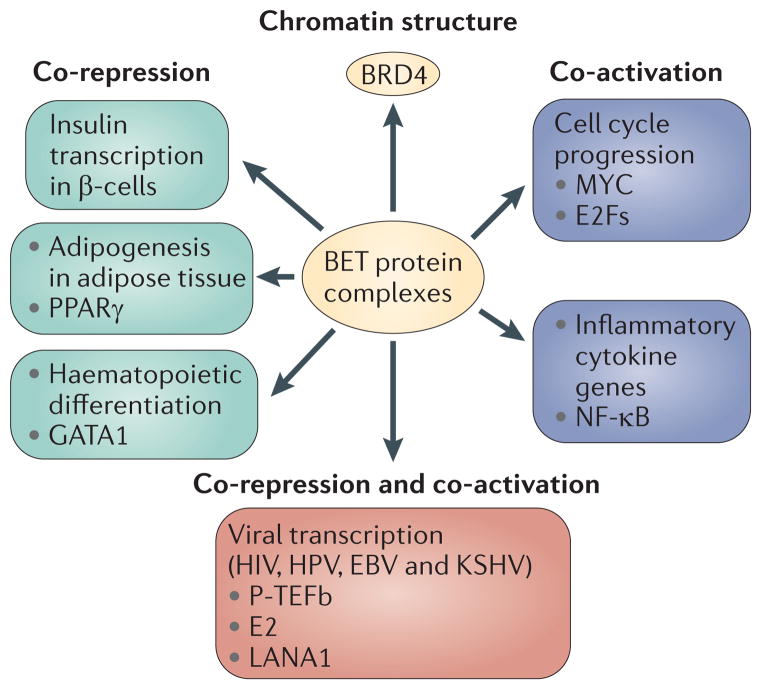Figure 5. BET proteins co-regulate transcriptional networks of transcriptional activation and repression.
Several functional networks are co-regulated by BET protein interactions. Some interactions involve transcriptional co-repression, such as insulin transcription65, peroxisome proliferator-activated receptor-γ (PPARγ)-controlled adipogenic differentiation in adipose tissue65,118 and GATA1-controlled haematopoietic differentiation143,144. Other interactions involve transcriptional co-activation, such as the activation of genes that promote cell cycle progression controlled by MYC81,84,92,96 and E2F proteins28,29,34,37,38; nuclear factor-κB (NF-κB)-controlled synthesis of pro-inflammatory cytokines65,97,101,102; and cellular genes regulated by P-TEFb. The transcription and replication of latent viruses seem to exploit BET protein capacity for either co-repression or co-activation, depending on the demands of the virus, through P-TEFb40,44,45,47,171, human papilloma virus (HPV) E2 protein157–165 or Kaposi’s sarcoma-associated herpesvirus (KSHV) LANA1 protein61,166–170. Recent data also implicate BRD4 in the maintenance of higher order chromatin structure. EBV, Epstein–Barr virus.

